Factory price 98% HPLC 5-aminolevulinic acid powder 5-aminolevulinic acid hydrochloride

5-Aminolevulinic acid (ALA), this product is an endogenous biochemical substance produced by ALA dehydratase and a series of enzymatic actions to produce protoporphyrin IX (PPIX) with strong photosensitization. The synthesis speed of PPIX depends on the pick-up speed of this product, and this product is regulated by the feedback of free hemoglobin concentration. The exogenous product can bypass the feedback suppression system and allow cells to synthesize a sufficient amount of PPIX. Radiation of cancer tissue containing PPIX with 420-640nm light produces singlet oxygen (-O2) during energy transfer, which can destroy cancer cells when it reaches a certain concentration. The other is that the excited state PPIX directly interacts with biomolecules after light irradiation or transfers energy to oxygen and water to form free radicals. Through free radicals, a series of chain reactions of biomolecules are caused, causing death of cancer cells. Svanbery et al. Found that the ratio of PPIX content in tumor tissue was 1: 2
Product Introduction

| Product Name | 5-Aminolevulinic acid (ALA) | Appearance | White |
| CAS No. |
106-60-5 |
Test Method | HPLC |
| Specification | 98% | Mesh | 95% pass 80 mesh |
| Application | Health Care | Shelf Life | 2 Years |
The most effective treatment of superficial skin tumors
Application of 5-Aminolevulinic acid (ALA)
Used in cosmetic industry;
Used in nutrition industry;
Used in pharmacy.

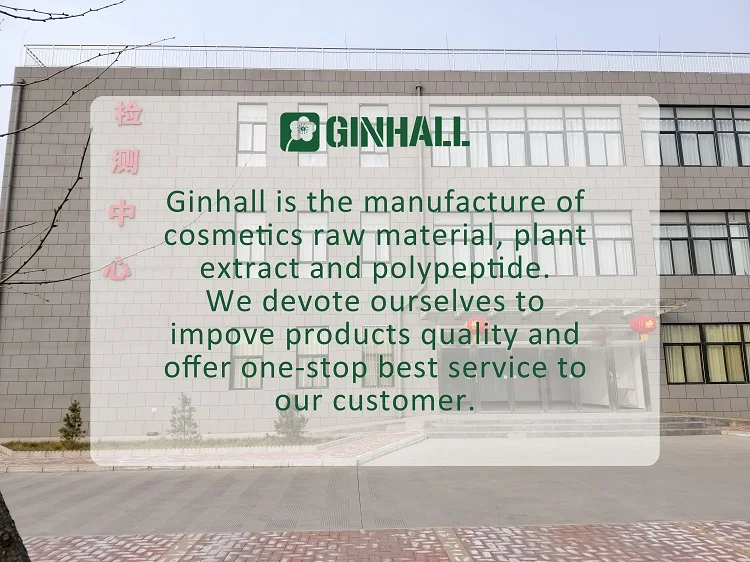

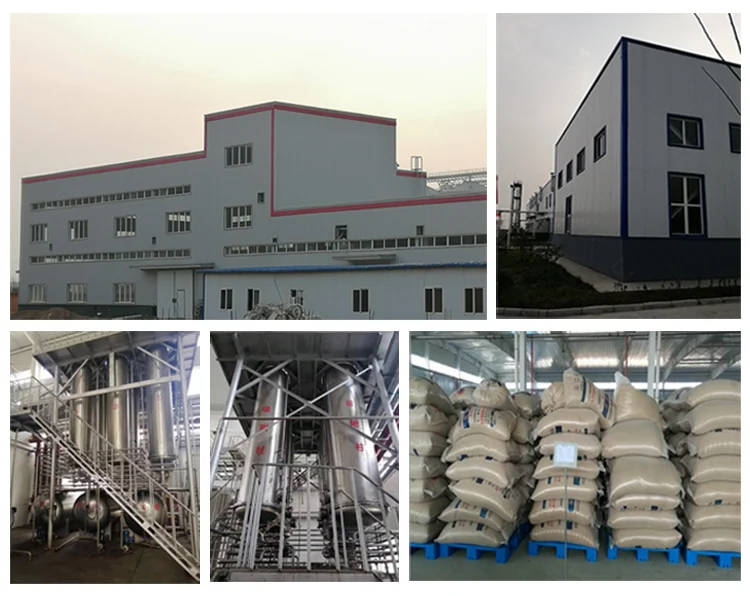
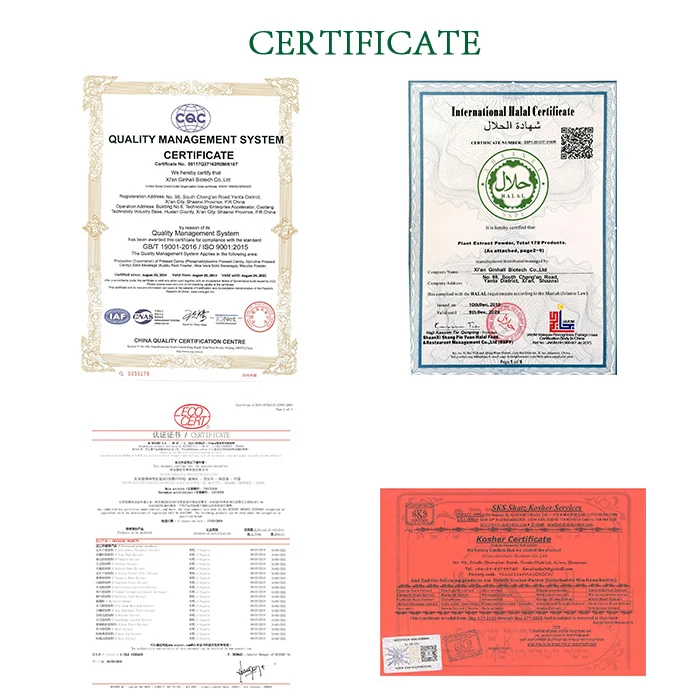
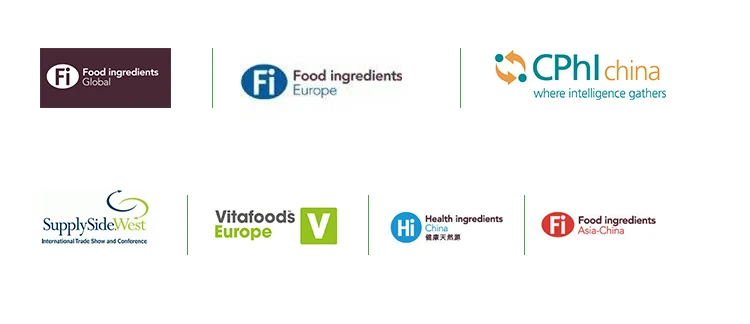
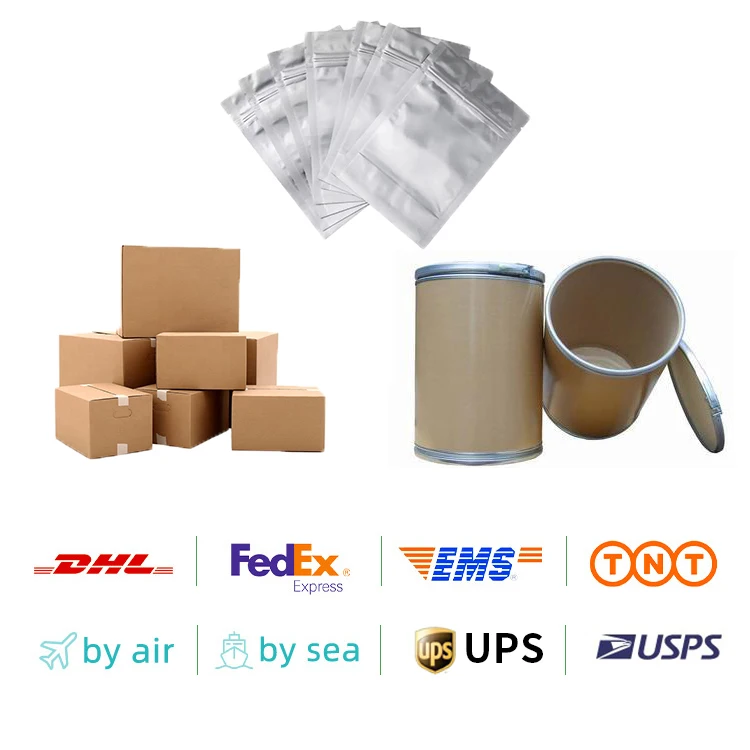

A:Please send our inquiry to get more details.If you both make an agreement,we will make an invoice for you,just do as instructions.
Q2:Is there any discount?
A:Sure,price are closely related to the quality.Buy more save more.
Q3:How about delivery lead-time?
A:Delivery lead time :about 3-5 days after payment confirm.(Chinese holiday not included)
Q4:How long time cost with shipping?
A:3-5 days shipping time deliver to your door.
Q5:How do you avoid customs issues?
A:We have rich experience deal with customs,hundreds of parcels every moth we deliver,detailed documents and certificates will be provided to customs when goods arrive to local port.

We have more categories for you. lf you can't find the products you want above,just fill in the form and tell us whatproducts you want to import from China.


















